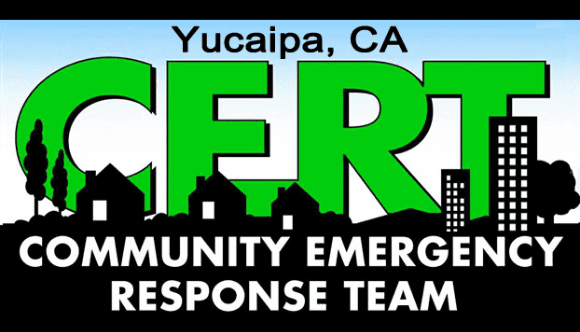CERT Training
CERT training covers basic skills that are important to know in a disaster when emergency services are unavailable.
CERT Basic Training
3 Day Class Starts April, 24, 2026 – 5:00 PM
CERT Basic Training
3 Day Class Starts September 19, 2025 – 5:00 PM
CERT Basic Training Overview
Every parent wants to protect their family, but do you know how to prepare for unexpected emergencies?
The Community Emergency Response Team (CERT) program empowers parents like you to respond effectively to emergencies in your home and community. Through hands-on training and invaluable resources, CERT equips families with the skills to take action when it matters most, ensuring that you and your loved ones are ready for anything life throws your way.
Imagine having the confidence to keep your family safe during emergencies—whether a natural disaster or an unexpected crisis. With CERT, you’ll learn essential skills such as basic first aid, fire safety, and disaster preparedness, giving you the peace of mind that comes from being well-prepared and informed.
Don’t wait for the unexpected to happen! Enroll in the Community Emergency Response Team program today and be the hero your family needs in times of crisis. Click the link above to sign up for training!
CERT Basic Training
Note: Classes may vary in order and location of training.
